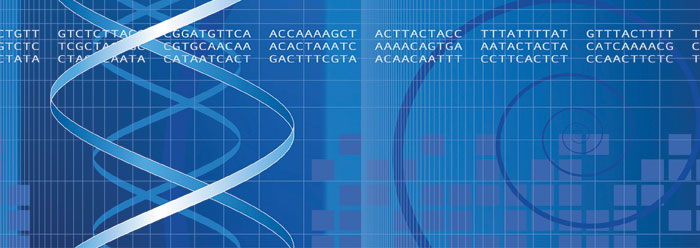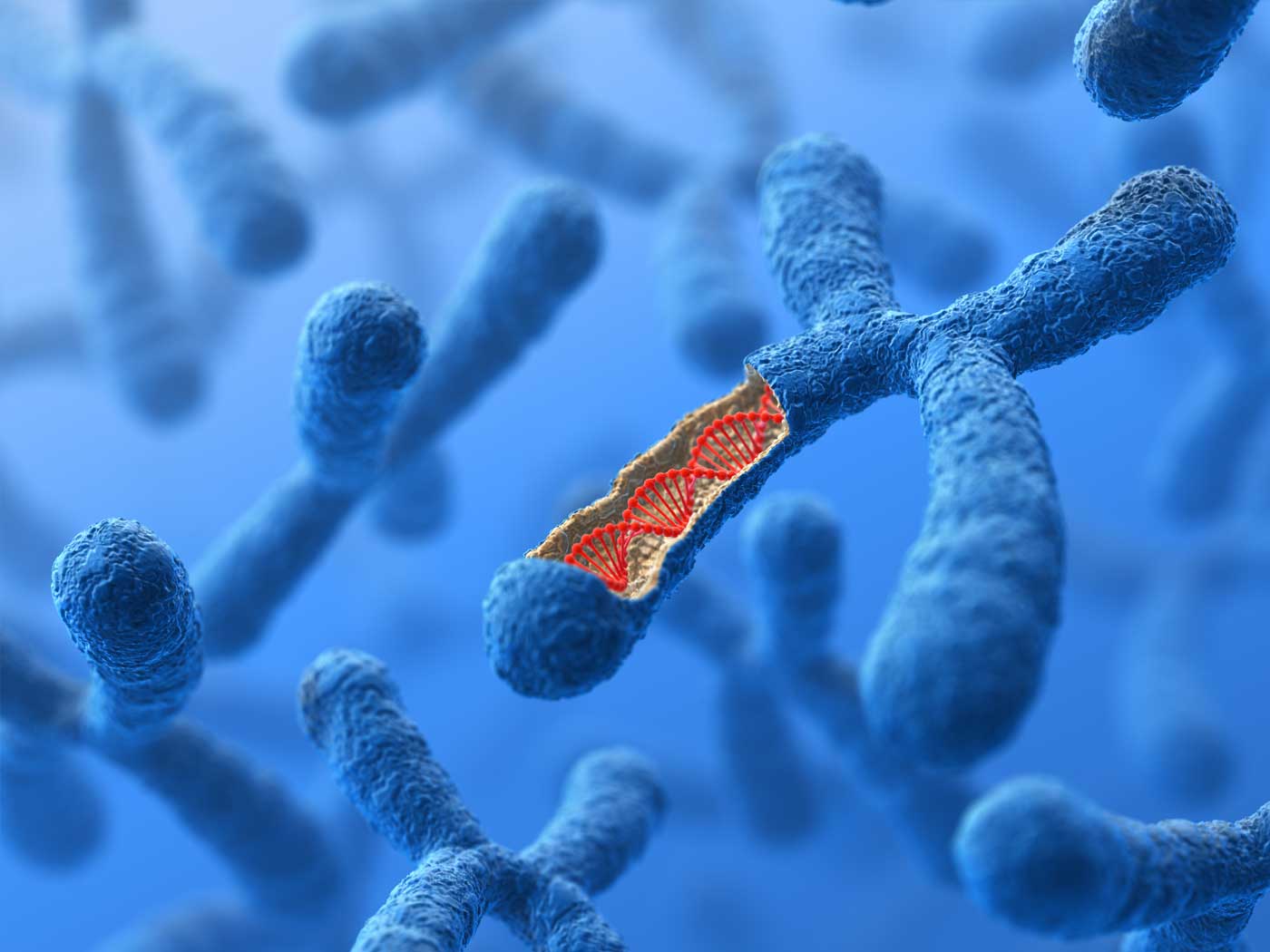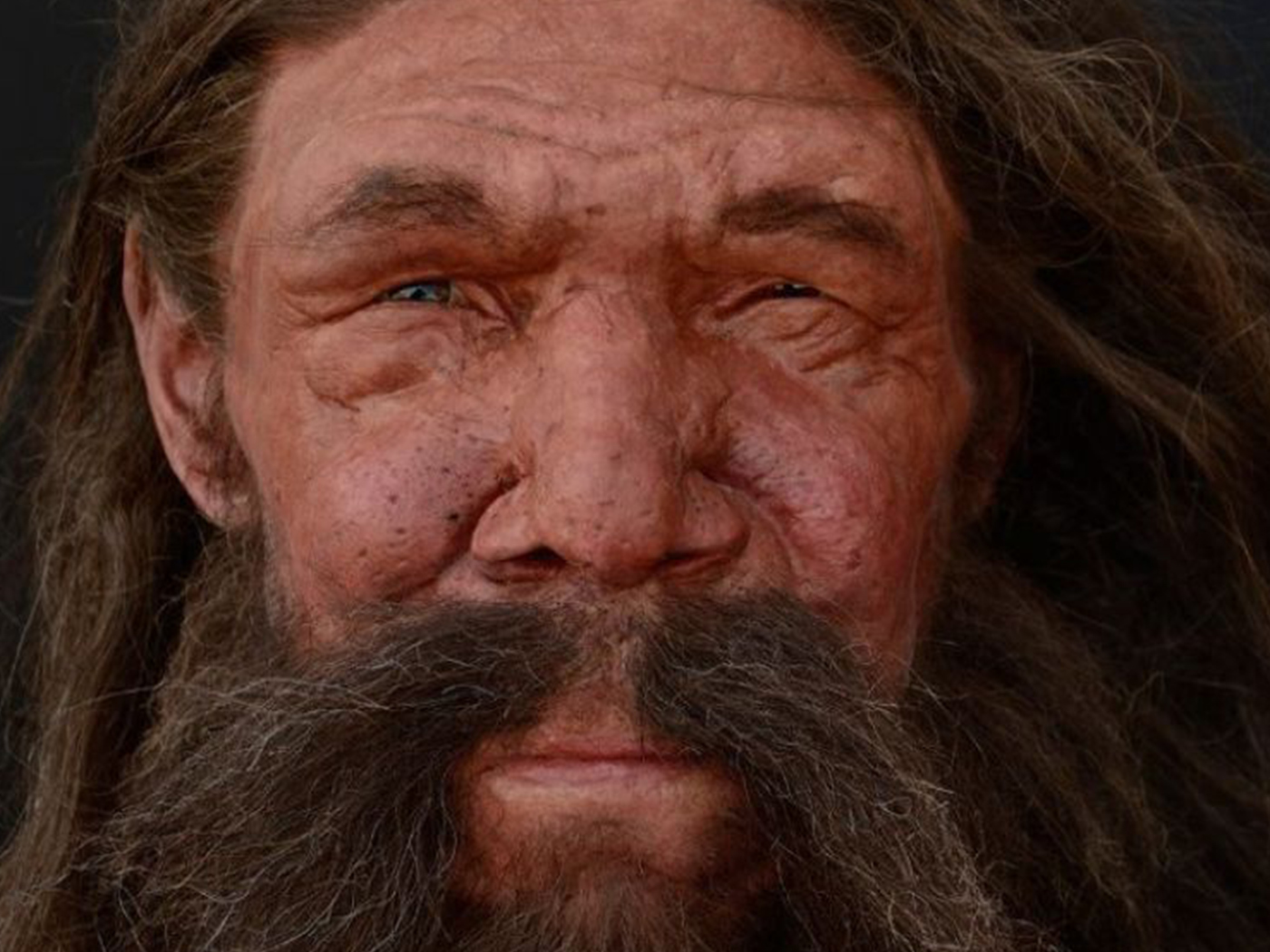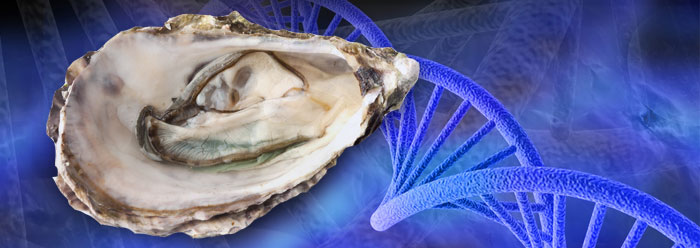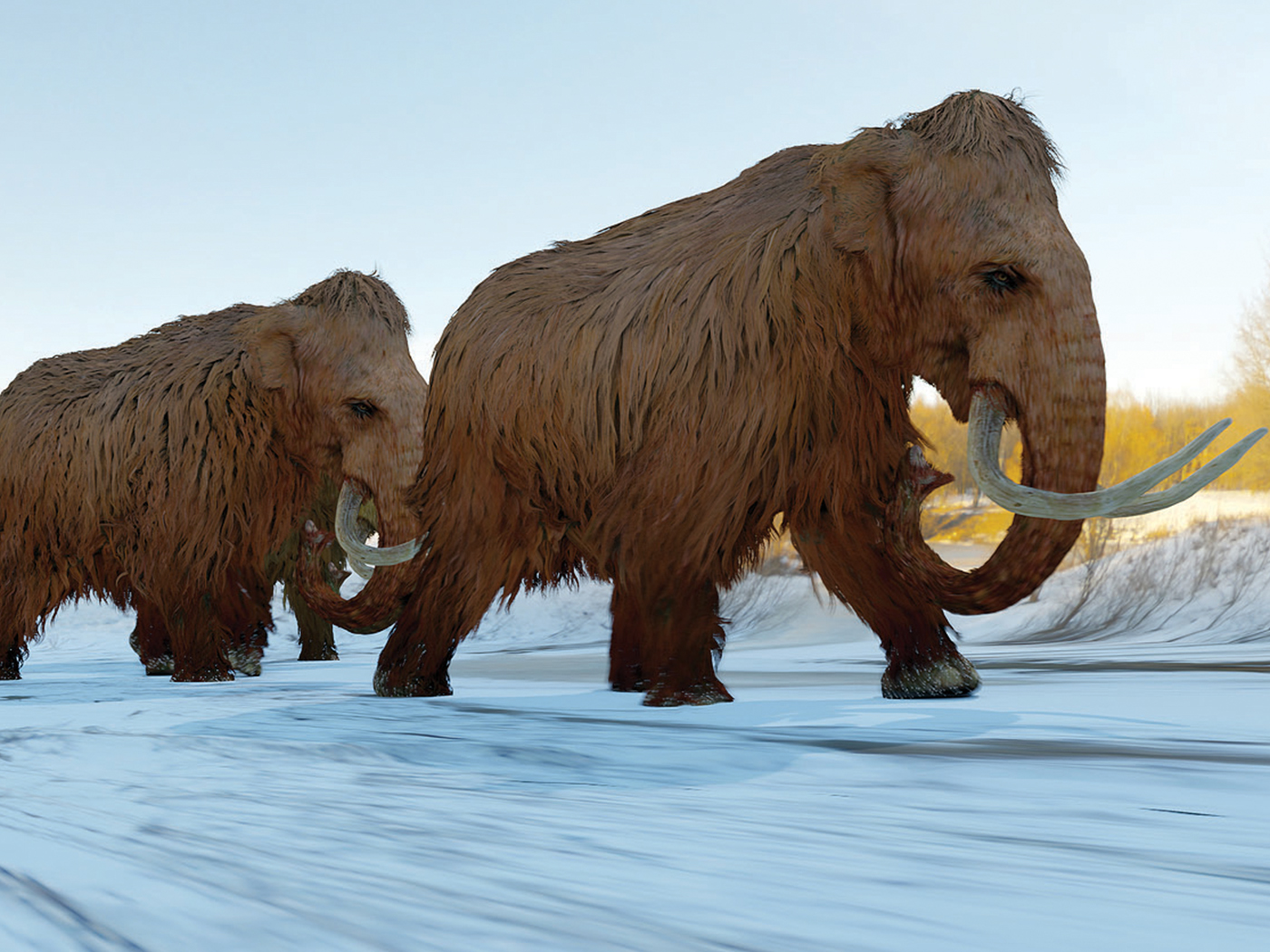by Barney Maddox, M.D. *
Galen, the personal physician to Roman Emperor Marcus Aurelius, and his 22 thick volumes of medical treatises dominated medical practice for 1,300 years. In many ways his legacy was disastrous for medicine because no one challenged his teachings. In fact, several of Galen’s errors |in blood circulation| were not pointed out until more than 1,200 years later with the publication |of works by the founder of modern anatomy Andreas Vasalius in 1543|….|T|hus began the first renaissance of medicine.1
The first anesthetic for surgery was delivered in Boston in 1846. Prior to that time patients endured surgery awake and in agony. Imagine if after 1846 surgeons in one state outlawed anesthesia, forbid its practice during their operations, and flunked medical students who promoted anesthesia. The mention of anesthesia would be stricken from medical textbooks, except for derogatory references. The operating room would be a tragic scene of violent thrashing and screams. Surgical complication rates would rise, since surgeries would have to be performed very quickly. When challenged, these surgeons would reply, "Galen said it, I believe it, and that settles it," or "That's the way we've always done it."
Fortunately, the opposite occurred after 1846. The use of general anesthesia caught on very quickly. Today's operating room is calm and efficient, and surgical complication rates are much lower than before 1846, since advances in the science of anesthesia were rapidly applied to surgery.
Correct application of the latest knowledge and techniques in surgical science works today. So why not make similar applications in the forensic science of origins? Darwin published his Origin of Species just before the Civil War. Numerous advances in science since that time bring into question the validity of Darwin's theory, yet biology textbooks today maintain the Darwin mantra, "Darwin said it, I believe it, and that settles it."
Genetics and Evolution
In 1986 I read my first creationist article, written by a biologist. By the time I finished, I knew I could no longer justify my evolutionary thinking. Was it Scripture that convinced me? Actually, no. The author did not mention God or the Bible once. She simply pointed out, armed with modern scientific facts, that practically everything I had learned in medical school--especially in genetics--directly conflicted with Darwin's theory. Consider the fact that Darwin was completely ignorant of genetics, having died before this field was established as a science in 1900. In ignorance, Darwin believed in the inheritance of acquired characteristics--that is, if an animal acquired a physical characteristic during its lifetime, it could pass that characteristic on to its progeny. Of course, it is an established fact that living things can only pass on the genetic information they inherit from their parents. Will a man who loses a leg in an accident have one-legged children? No, his children will have two legs, because although the man's body (or phenotype) changed, his genotype (or DNA) remains the same.
One biology textbook states that "an important point to remember is that the variety of genes carried by all living species is the result of millions of years of random mutation, natural selection, and genetic drift."2 But natural selection only explains survival of the fittest; it fails to explain arrival of the fittest. Natural selection, i.e., the forces of nature, does not change the DNA of the individual animal at all, and can only change the total gene pool of a species by eliminating unfit individuals (leading to the loss, not gain, of genetic information). Genetic drift, or gene shuffling, only involves the shuffling of existing genes within a kind. It does not explain the origination of any gene. Another textbook states: "New alleles |genes| originate only by mutation."3 The only way for organisms to acquire DNA other than what they inherited from their parents is for their DNA to change, or mutate. If their DNA doesn't change, living things could never change regardless of how much time passes. Lizards could never become chickens and monkeys, and fish could never become philosophers. Since evolution rejects purposeful design, genetic change could only be random, or accidental.
"Positive" Mutations
The underlying genetic mechanism of evolution is random mutation, and specifically mutation that is beneficial to life. Biology textbooks in theory present positive and negative mutations to students as though these were commonplace and roughly equal in number. However, these books fail to inform students that unequivocally positive mutations are unknown to genetics, since they have never been observed (or are so rare as to be irrelevant).
The biology textbooks in other chapters teach that most mutations are pathologic, or disease-causing, but they don't apply that information to evolution. The worst diseases doctors treat today are caused by genetic mutations. Nearly 4,000 diseases are caused by mutations in DNA.4 "The human genome contains a complete set of instructions for the production of a human being…. Genome research has already exposed errors |mutations| in these instructions that lead to heart disease, cancer, and neurological degeneration."5 These diseases are crippling, often fatal, and many of the affected pre-born infants are aborted spontaneously, i.e., they are so badly damaged they can't even survive gestation. However, the biology textbooks, when discussing mutation in evolution, only discuss the very rare "positive" mutation, like sickle cell anemia. The fact of some 4,000 devastating genetic diseases is suppressed from publication.
Mutations: the Human Toll
Polycystic kidney disease is a common mutation in humans. It is inherited in autosomal dominant fashion,6 .jpg) meaning that one copy of the relevant gene received from the parents was mutant and the other copy was normal. The sufferers who inherit the mutated gene may die of kidney failure by late middle age if they don't receive dialysis or a kidney transplant. As the disease progresses, the kidneys are gradually replaced by functionless cysts, which can cause continuous pain and enlarge the kidneys to the point where they bleed, get infections, and may even interfere with breathing.
meaning that one copy of the relevant gene received from the parents was mutant and the other copy was normal. The sufferers who inherit the mutated gene may die of kidney failure by late middle age if they don't receive dialysis or a kidney transplant. As the disease progresses, the kidneys are gradually replaced by functionless cysts, which can cause continuous pain and enlarge the kidneys to the point where they bleed, get infections, and may even interfere with breathing.
Another instance of genetic mutation is cystic fibrosis, which is inherited in autosomal recessive fashion, meaning that both of the relevant inherited genes are mutant. Patients with this condition are burdened with mucous-plugging defects in their lungs and pancreas. Beginning in childhood they remain susceptible to frequent, sometimes very dangerous, pneumonias. Insufficient amounts of pancreatic enzymes are available to properly digest food, requiring pancreatic enzyme replacements. Sufferers of cystic fibrosis are usually sterile, and may die in young adulthood even with expert medical care.
The recent decoding of the human genome has allowed scientists to determine that cystic fibrosis is caused by a random change of three nucleotides in a gene that codes for a 1480-amino acid-long ion transport protein.7 The human genome has three billion nucleotides, or base pairs, in the DNA.8 Since a random change of three nucleotides in a three-billion-part genome is fatal (0.0000001%), how is it remotely possibly that a chimp could be the evolutionary cousin of a human? The lowest estimate of the genetic differences between our DNA and that of chimps is at least 50 million nucleotides (some estimates of the disparity are much higher). Quantitative information in genetics today is proving evolutionary theory as simply a man-made and irrational philosophical belief.
One top geneticist recently conducted a computer analysis to quantitate the ratio of "beneficial mutations" to harmful mutations.9 Only 186 entries for beneficial mutations were discovered (and even they have a downside), versus 453,732 entries for harmful mutations. The ratio of "beneficial mutations" to harmful mutations is 0.00041! Thus, even if a very rare mutation is "beneficial," the next 10,000 mutations in any evolutionary sequence would each be fatal or crippling, and each of the next 10,000 imaginary mutations would bring the evolution process to a halt.
Equivocally Beneficial
Virtually all the "beneficial mutations" known are only equivocally beneficial, not unequivocally beneficial. In bacteria, several mutations in cell wall proteins may deform the proteins enough so that antibiotics cannot bind to the mutant bacteria. This creates bacterial resistance to that antibiotic. Does this support evolutionary genetic theory? No, since the mutant bacteria do not survive as well in the wild as the native (non-mutant) bacteria. That is, the resistant (mutant) bacteria will only do well in an artificial situation, where it is placed in a culture medium with the antibiotic. Only then can it overgrow at the expense of the native bacteria. In the wild, the native bacteria are always more vigorous than the mutant bacteria.
In humans there is one equivocally beneficial mutation, out of 4,000 devastating mutations: sickle cell anemia. It is inherited in autosomal recessive fashion and occurs mainly in individuals of African descent. It has been traced to a mutation of one nucleotide in a gene coding for hemoglobin, the protein that carries oxygen in our blood. Normal red blood cells may sickle in the heterozygote (sickle trait, with one mutated and one normal gene) or the homozygote (sickle disease, with two mutated genes), but sickling is more likely to occur in the homozygote. Normal red cells are round, but sickled red cells are misshapen, like sickles. Sickle crisis occurs when red cells sickle and clog the arteries to parts of organs. Organs then undergo infarction (death from lack of blood supply). Without medical support the homozygotes are likely to die in young to middle age.
But there is one positive. Heterozygotes in Africa, where malaria is endemic, are more resistant to malaria than people with normal hemoglobin, and the heterozygote genotype may have a survival advantage, but only in those areas. Could this be a limited example of evolutionary progress? Not really. When the mutant sickle gene is latent (i.e., sickling isn't occurring), there is a survival advantage in areas with malaria. But whenever sickling occurs, in the heterozygote or the homozygote, it obstructs blood vessels and causes pain and death to organs.
According to evolution, all genes that are expressed are merely mutations. Actually, the expression, not just the latency, of all our genes is positive when expressed. Sickling is always negative when it occurs, so it remains a very poor example of evolution, and in fact refutes it. Evolution theorists have yet to demonstrate the unequivocally positive nature of a single mutation.
Random Change Destroys Function
The mutations described above are those that, when expressed, cause phenotypic (physically observable) changes in organisms. However, the majority of mutations are "neutral mutations" that do not cause any detectable change in the phenotype or body of the animal. These mutations can only be detected by DNA sequencing and are not candidates for evolutionary processes at all. Since there is no phenotypic change, natural selection cannot even remotely select for them. And they are not totally neutral, but are rather subtly deleterious because they degrade the genetic code. A better term for these neutral mutations is "near-neutral." Research is demonstrating that the "near-neutral" mutations are accumulating far too rapidly for organisms to have avoided extinction if they indeed have existed over the millions of years claimed by evolutionary biologists.10 Harmful mutations destroy the individual organism, preventing the gene from being passed on. The "neutral mutations" will ultimately destroy entire species, because the mutated genes will be passed on and accumulate.
Evolutionary science teaches that all the wonderful organs and enzymes in humans and animals--eyes, hemoglobin, lungs, hearts, and kidneys, all coded with DNA--arose totally by random chance through mutations in DNA. Consider the construction and operation of a machine. If random changes are made to a machine or the blueprint that codes for the construction of the machine, will that help its function? Absolutely not. Random changes occur every day that destroy the manufacture and function of machines. Likewise, random changes to information destroy the function and outcome of that information.
Observational (i.e., scientific) evidence, as seen in medical research every day, leads one to be skeptical of the claims of evolutionary biology. How does science explain that mythical first bacterial cell three billion years ago? Did it transform itself--by random mutations in the DNA--into all the "wondrous profusion" of life forms (one million species), and all their wondrous functional organs, over an imaginary time period? The evidence says no.
Firing a Gunshot
"A mutation that alters a protein enough to affect its function is more often harmful than beneficial. Organisms are the refined products of selection, and a random change is not likely to improve the genome anymore than firing a gunshot blindly through the hood of a car is likely to improve engine performance. On rare occasions, however, a mutant allele |gene| may actually fit its bearer to the environment better and enhance the reproductive success of the individual."11
While instructing students that harmful mutations were more numerous than "beneficial" mutations, this textbook failed to disclose that even equivocally beneficial mutations (which still have a downside) are extremely rare (about one in 10,000), and that unequivocally beneficial mutations are nonexistent in nature. There may be a few times when the gun was fired through the hood and resulted in no immediate harm to the engine. However, improving the engine in this manner would be impossible.
In the twentieth century many genetic researchers tried to "accelerate evolution" by increasing mutation rates.12 This can be accomplished with ionizing radiation, like x-rays, or chemical mutagens. Researchers gave plants and fruit flies very high doses of radiation or other mutagens in hopes that new life forms, or at least improved organs, would result. Decades of this type of research resulted in repeated failure. Every mutation observed was deleterious to the organisms' survival. In the fruit fly research13 various mutations occurred--like legs coming out of eyes--but not one improved mutation was observed. Why? Because radiation is harmful, as the signs in hospitals warn pregnant patients. The pre-born child is more sensitive to mutagens, and thus has a higher likelihood of being harmed.
Conclusion
Carl Sagan, in his Cosmos program "One Voice in the Cosmic Fugue," stated that evolution was caused by "the slow accumulations of favorable mutations." While this may be the current popular theory, real science disagrees. The perpetuation of the Darwin myth clashes with reality--the God-created reality--where living things and their genomes were created "very good" and have degenerated from there. Genetic science demonstrates that the absolutely essential ingredient for the origin of life is an infinite Intelligence. Of all the origin stories, only one contains this essential ingredient--Genesis 1.
* Dr. Barney Maddox is a urology specialist in Cleburne, Texas, and author of the biological sciences course material for the Creationist Worldview distance education program offered by ICR.
References
- 1 Stolz, M. 2006. Chairman's Corner. THR Physician Connection, 9(4):1.
- Miller, K. and Levine, J. 1998. Biology: The Living Science. Englewood Cliffs, NJ: Prentice Hall, 271.
- Campbell, N. et al. 1997. Biology: Concepts & Connections. Menlo Park, CA: Benjamin Cummins, 426.
- Nora, J. et al. 1994. Medical Genetics: Principles and Practice. Philadelphia: Lea and Feliger, 3.
- The Human Genome Project. Announcement from the University of Texas Southwestern Medical School, May 6, 1993.
- Nora et al, 166.
- Collins, F. et al. 1990. The cystic fibrosis gene: isolation and significance. Hospital Practice, 25(10):45-57.
- Ibid.
- Sanford, J. 2005. Genetic Entropy and the Mystery of the Genome. Lima, NY: Elim Publishing, 26.
- Ibid, 33-41, 150.
- Campbell et al, 427.
- Sanford, 25.
- Muller, H. 1946. Time, 48(20):38; and Gardner, E. 1964. Principles of Genetics. New York: Wiley, 192.
Cite this article: Maddox, B. 2007. Mutations: The Raw Material for Evolution? Acts & Facts. 36 (9): 10.




